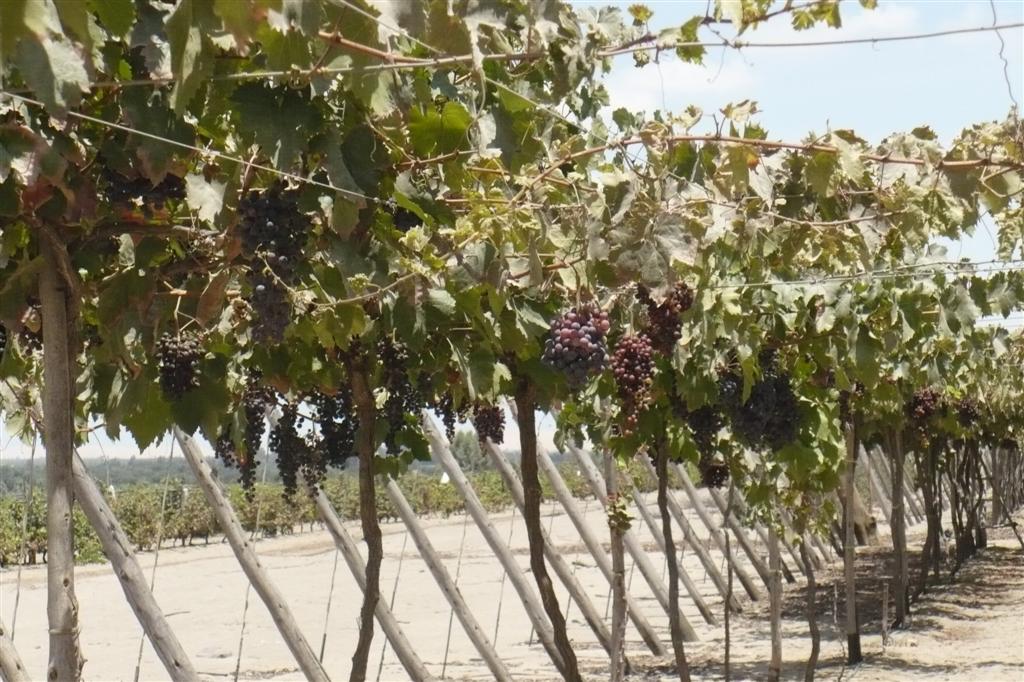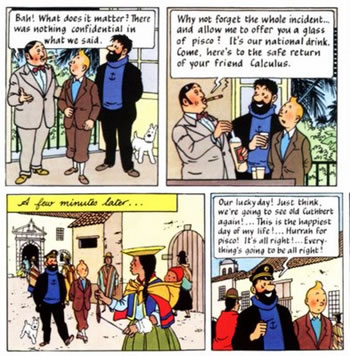This month Mr. Alejandro Málaga Núñez-Zeballos, historian from the National University of San Agustin of Arequipa joins us.
Director of Pachamama Andean Tourist Review.
Notes on the history of wine and Pisco in Arequipa.
In 1586, Don Juan de Ulloa y Mogollon, official of the Spanish crown, recorded the following information: “Arequipa…visit this city with a great quantity of wine, because there are many vineyards and they produce a lot; and there is a river close by with a bridge.”
with a great quantity of wine, because there are many vineyards and they produce a lot; and there is a river close by with a bridge.”
Director of Pachamama Andean Tourist Review.
Notes on the history of wine and Pisco in Arequipa.
In 1586, Don Juan de Ulloa y Mogollon, official of the Spanish crown, recorded the following information: “Arequipa…visit this city
In 1577, Chronicler Juan Lopez de Velasco published “Geography and Universal Description of the Indians” in which he notes the following about Arequipa: “…the temple of this city has the best and most placid area to live in all of the kingdom of Peru; it has rain and a winter and summer like that in Castilla. The region harvests a lot of wheat, from which very flavorful bread is made, and a great quantity of wine is produced because the vineyards grow well in the region and they produce a lot, and the wine preserves everything that one wants.” He also adds the following about Camana: “…warm land where there are many vineyards, and thus the biggest crop produced by locals are grapes, figs and sugar, and there is a sugar factory in said valley.”
One year later, the Jesuit Jose de Acosta wrote when referring to the first brothers of orders of evangelizing missions that arrived to Pampalcolca, “…which is where obedience sent them; there some thirty or forty Indians were waiting for them and two or three chiefs with lots of gifts of fruit, bread and wine, and a lot of fish because it was Friday…”
During this decade the “Short Description of all of the land of Peru, Tucuman Rio de la Plata and Chile” was circulated, whose author Reginaldo de Lizarraga recorded: “five leagues ahead we entered the valley called Vitor; it is wider and where the majority of the neighbors of Areqiupa have their estates. They harvest a lot of very good wine, which they take to Cuzco and it stocks all of Collao. […] Coming back to the city of Arequipa, it is the best temple of the kingdom, because it is founded at the base of the sierra, has a good sky, although a little dry. Inside the town there are many grapes and all of our fruits, in particular pears no bigger than cermeñas.”
Felipe Guaman Poma de Ayala in his work “New Chronicle and Good Government” refers to “the town of Acari, Indians of Santiago de Acari, hanan and Lurin, and Uayuri, Palpa, and it has the best wine of the entire kingdom compared to the wine of Castilla; golden, clear wine, smooth and fragrant and made from grapes like mollares, and these grapes are very white, the size of plums, and they have a way with the wine, with the food, bread and wine in abundance and little water. They have ample meat, and the royal road goes through the area on the way to Potosi and Cuszo, Arequipa...”
The French traveler, Flora Tristan, relates in her “Pilgrimages” (1838) of a pariah that was received by the Mother Superior of the Santa Catalina Monastery in Arequipa…”She took me right away to her large and beautiful cell and there, after making me sit on rich tapestries and soft cushions she made her bring, in one of the most beautiful trays sponge cakes made in the convent, wines from Spain in little cut-crystal jars and a magnificent golden vase from the same crystal and engraved with the Spanish coat of arms.”
Alejandro Málaga Núñez-Zeballos
Historian of the National University of San Agustin of Arequipa
Director of Pachamama Andean Tourist Review.
Translated by Katrina Heimark
pisco bilingual magazine

 “Correct
Coffee”. While it is true that the original recipe is with grappa, if
you add Pisco it could be that you like it even more. “Correct Coffee,
Peruvian style” or Piscafe. Here is the recipe...
“Correct
Coffee”. While it is true that the original recipe is with grappa, if
you add Pisco it could be that you like it even more. “Correct Coffee,
Peruvian style” or Piscafe. Here is the recipe...